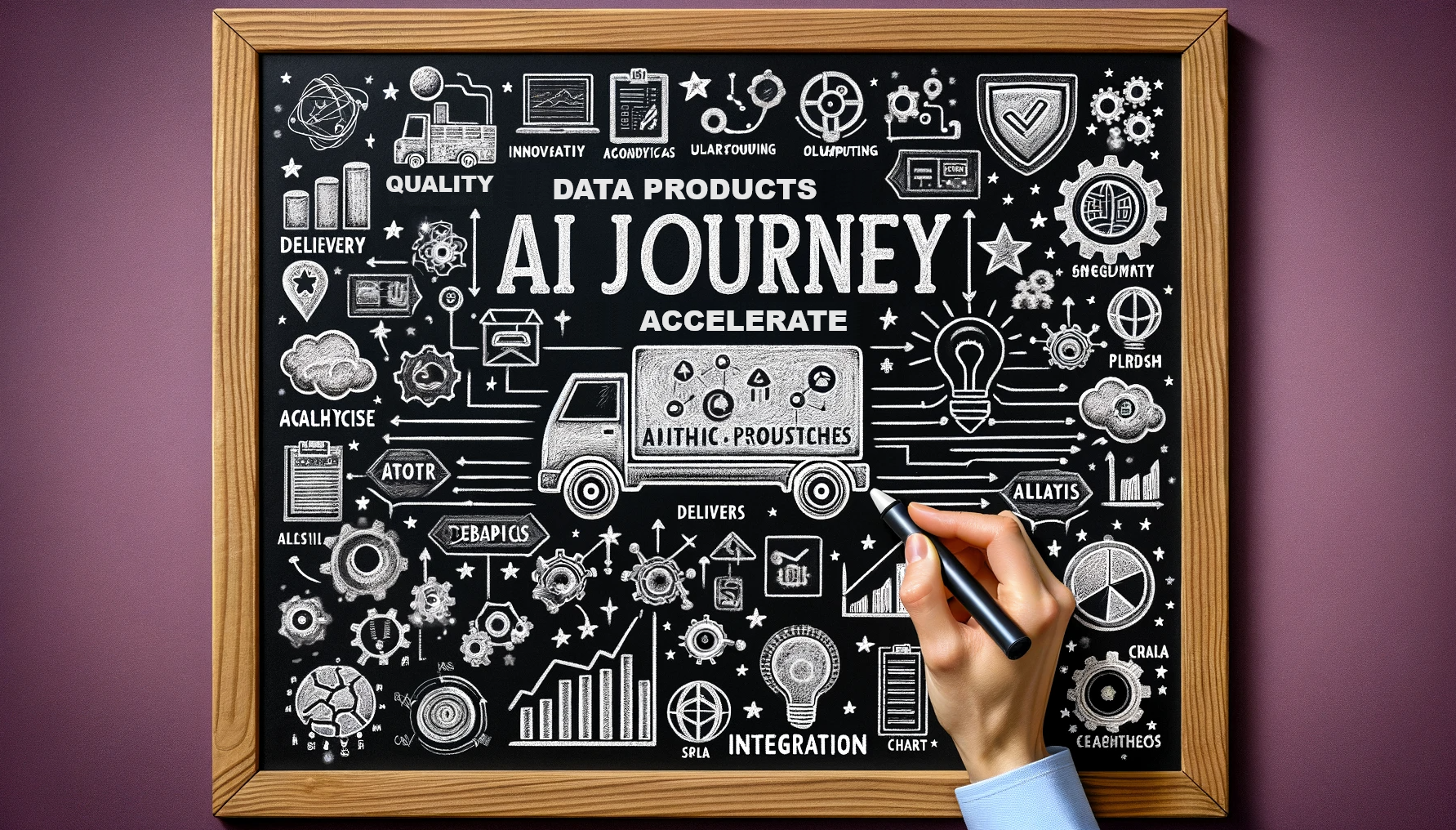Business leaders today are eager to maximize the value from data. This has become a key challenge for established companies, as it helps improve operations and decision making, enhances products and services, and ultimately leads to the development of new business models. Advancements in information technology, especially in machine learning, big data and analytics, cloud computing, and Internet of Things (IoT) technologies, have further increased the importance of data for business development and innovation. There are novel opportunities for organizations to renovate their business models with big data analytics or develop new data-driven business models. These data-driven business model innovation opportunities particularly put established companies, which are expected to be sitting on tremendous amounts of data, under increasing pressure to act. But what are data-driven business models in the first place?
Getting the Terms Right
A verity of terms have been proposed to describe data-driven business models (BMs), ranging from big data business models, data-infused business models, data monetization, data capitalization, and data sales, to name a few. On the raw data level, capitalization is conducted through the sales of first-, second-, and third-party data. First-party data are collected by a company and are not freely available. Second-party data are collected in collaboration with another company. Lastly, third-party data are collected by someone else. Selling these data assets is also referred to as data sales. Deriving information from first-, second-, and third-party data can lead to value generation through insights, improved decision-making, and the performance and enhancements of customer experience and value propositions. These improvements are reflected in profit increases and cost reductions. This information’s value also grows exponentially through its combination with existing knowledge. Data value realization is either accomplished by improving the prevailing BM or through the development of new BMs with data as the key resource. The value generation and capturing processes are referred to as data monetization or data-driven business model innovation.
To describe data-driven BMs, we draw on business model representation frameworks. The essential structure of any business can be represented with business modeling techniques. Several modeling frameworks, varying in their characteristics and components, have been proposed in the past. Their primary purpose is to describe how an organization creates and captures value. Business modeling has gained importance as emerging technologies threaten established businesses and their traditional BMs. In order to commercialize disruptive technologies, companies face the challenge of understanding their prevailing BM. The critical components of the business and their interrelation are represented in the models, allowing to form conclusions on technology integration. Thus, BMs can be seen as a “vehicle” for innovation, helping to understand the traditional business in order to envision a new, targeted model, providing a source of competitive advantage. The business model canvas is a commonly accepted framework for representing BMs. It proposes nine components (key partners, key activities, key resources, value proposition, customer relationships, channels, customer segmentation, cost structure, revenue streams) to convey the essentials of a business.
Data-driven business models rely on data as a key resource and/or have data processing as a key activity, making data essential for the value proposition. Companies can innovate their existing BM by applying more data to reach operational efficiency and new revenue streams or by developing completely new BMs by harvesting data.
Some Examples
Digital native companies have been realizing data-driven BMs ever since they have been founded. Here are a few examples:
- Netflix analyzes its customer data to match actors, producers, and storylines to targeted customer segments. This has allowed them to produce hits like Stranger Things, The Irishman, and House of Cards.
- Alibaba combined its customer data platforms and was able to achieve 20% higher conversion rates and efficiency increases with an AI-enabled customer service chatbot resolving 95% of queries.
- PatientsLikeMe, which provides a platform to share user experiences related to illnesses and treatments, realized a data-driven BM by selling anonymized data from their social media platform to pharmaceutical companies and companies that produce medical devices.
Established companies have also started to realize data-driven BMs:
- The pharmaceutical distributor Tamro sells customer spending insights to drug manufacturers. Capturing sales data allows Tamro to provide pharmacies information on their sales compared to their competitors.
- Barclays offers a service for SME companies that provides them with information about their revenue inflows and outflows and analyzed data about their payments and transactions. Customers can also compare their own data with data from similar businesses in similar locations.
- Vodafone sells anonymized network data to navigator producer TomTom. Vodafone has real-time, location-based data about its customers that TomTom buys to better understand how people and vehicles move in order to optimize navigation suggestions.
Challenges
Many business leaders do not consider data to be synonymous with profits. Simply assuming that optimistic data gathering will prove profitable is naïve. Instead, organizations must evolve their culture, business models, operating models, and enterprise architecture (see Architecture Management for Data-Driven Business Models) in order to capitalize on data. Obstacles to data-driven BM design and realization are related to data quality, data privacy, culture, data literacy, and organizational transformation (see The Challenge of Becoming a Data-Driven Company). Since May 2018, with the advent of GDPR and its strict regulations, data privacy has become increasingly important both for companies and European citizens. This law sensitizes companies to the moral and ethical responsibility of personal data usage. Data privacy and ethical constraints might have long-term impacts on a company realizing data-driven BMs. Transforming organizations into data-driven businesses and equipping companies with the required analytical and technical capabilities could prove to be the most challenging obstacle. In order for sensitive transformational interventions to be successful, however, the prevailing roles, processes, and technologies and their interplay must be properly grasped. In particular, established companies that are expected to be sitting on tremendous amounts of data are under significant pressure to act. For established companies, the prevailing organizational structures might become a blessing or a curse. On the one hand, a large data and capability pool can be leveraged to put forward a new business model. On the other hand, the same capability pool and inflexible structures might become a bottleneck, as the required innovation level is not met (see Mobilizing Capabilities of Data-Driven Culture).
Engaging business users in data conversations will be a catalyst for fostering a more data-driven culture. Assefy provides a modern data collaboration platform that connects datasets to business semantics, helping business users to find, understand, and apply data for value generating use cases. Contact us to find out more.









